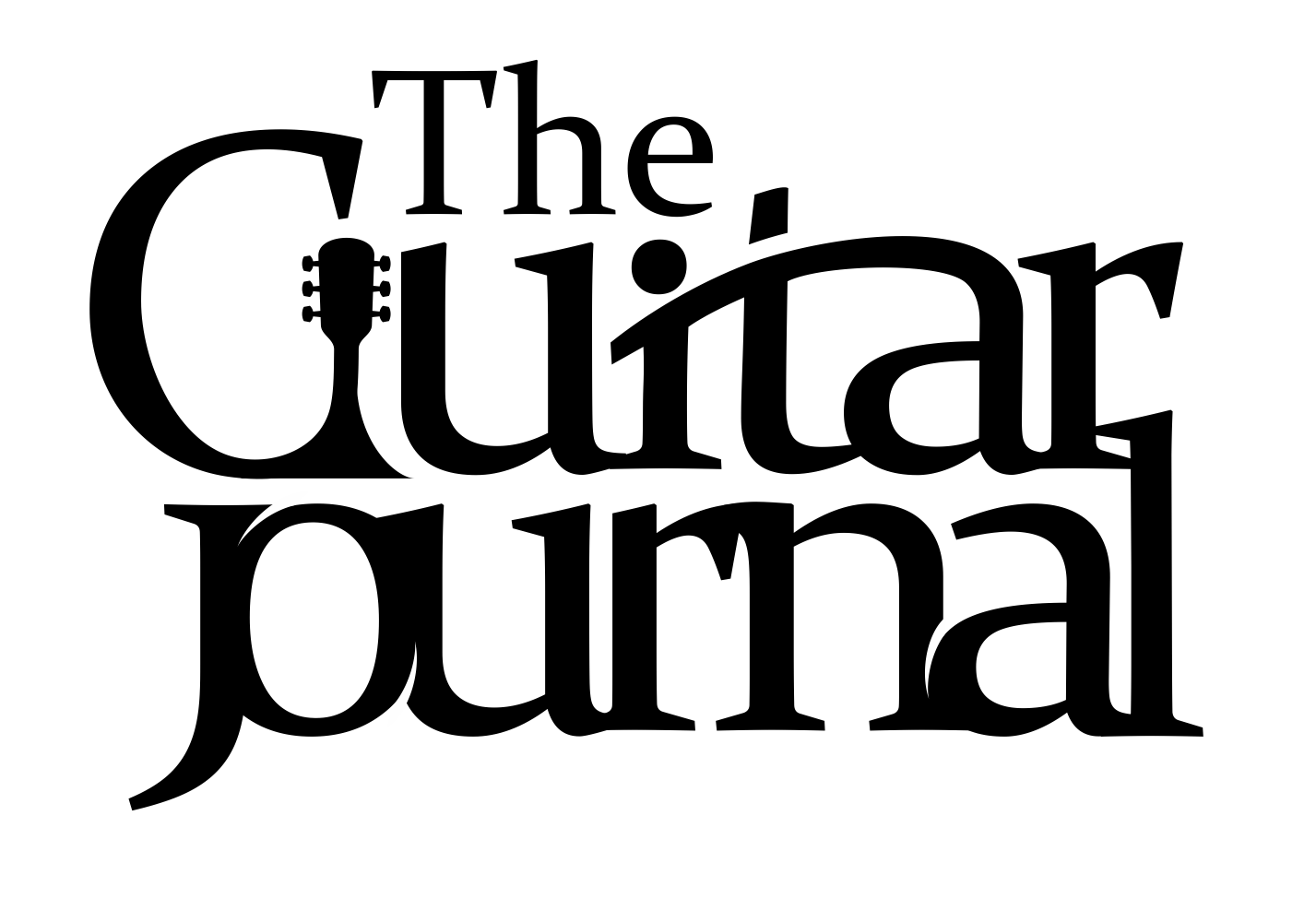The 10 Scales Used 99% Of The Time in Jazz Improv
Famed educator and jazz vibes player, Gary Burton, presents a helpful way to understand using scales for jazz improvisation.
Even if you haven't heard of Gary Burton, you've definitely heard the results of his teaching.
Burton has been playing vibes (AKA the vibraphone) on jazz records for over 50 years, both as a side player and band leader, he's taught improvisation at the famed Berklee College of Music for decade, and served as Executive Director at Berklee.
If there's one guy who understands what it means to actually play a jazz solo, and how to teach other people how to play a jazz solo, it's THIS GUY.
In this YouTube video from Loyola University School of Music Industry, Gary Burton teaches a music master class on jazz improvisation. And it's awesome.
This is not your typical YouTube "how to" music with fast cuts, hyped tag lines, and funny, ironic graphic pop-ins. It's just a top educator teaching you vital information for an hour.
There's a lot to take away from this video, but there was one "meta" concept that really grabbed me. And this meta concept is made of two insights:
10 Chord Scales Used 99% of the Time
At 4:33. Burton says:
“The truth is: There are 10 chord scales that are by far the most common and are used 99% of the time”.
For those familiar with jazz, this may seem overly simplistic. Jazz scales and soloing can be really complex.... Could 10 scales really cover 99% of it?
Yet here's one of the best-qualified educators in the field confirming: Yup, that's it.
Organizing Scales from Brightest to Darkest
The other insight was that these 10 scales can be organized from brightest to darkest. I had never heard this before.It's so simple yet helpful, that you'd think this is how everyone would talk about modes and scales. But, somehow, they don't (or maybe I missed it).
Burton's scale organization is detailed below, but to summarize this point briefly: The "brightest" scales are major in tonality and are typically felt to have a positive and happy mood; the "darker" scales are minor in tonality and tend to feel sadder or more tense.
The darkest scales that Burton lists are the 'altered scales'. This is somewhat surprising because altered scales are based on dominant 7th chords, which have a major chord basis. But the altered aspects of the chord (b9's and b5's, for example) really... well... alter the chord, so that it has a much darker tone than a straight-up major chord.
So let's take a look at the 10 scales in detail:
The 10 Scales, Brightest to Darkest
1.-7. THE 7 MODES (listed from "brightest" to "darkest")
Used on Major chords:
1. Lydian: 1 2 3 #4 5 6 7
- Example: the C Lydian scale (enharmonic to G Ionian): C D E F# G A B
- Fits well when a Maj7 chord is functioning as the IV of the key.
2. Ionian ("Major"): 1 2 3 4 5 6 7
- Example: the C Ionian scale: C D E F G A B
Used on Dominant-7 chords:
3. Mixolydian: 1 2 3 4 5 6 b7
- Example: the C Mixolydian scale (enharmonic to F Ionian): C D E F G A Bb
Used on Minor chords:
4. Dorian: 1 2 3b 4 5 6 b7
- Example: the C Dorian scale (enharmonic to Bb Ionian): C D Eb F G A Bb
- Fits well over a minor-seventh chord, particularly when funtioning as a the 'ii' chord of the key, as in the ii-V-I progression.
5. Aeolian ("Natural Minor"): 1 2 b3 4 5 b6 b7
- Example: the C Aeolian scale (enharmonic to Eb Ionian): C D Eb F G Ab Bb
6. Phrygian: 1 b2 b3 4 5 b6 b7
- Example: the C Phrygian scale (enharmonic to Ab Ionian): C Db Eb F G Ab Bb
- Fits well over a minor-seventh chord, particularly when funtioning as a the 'ii3' chord of the key, as in a iii-iv-ii-V-I progression.
7. Locrian: 1 b2 b3 4 b5 b6 b7
- Example: the C Locrian scale (enharmonic to Db Ionian): C Db Eb F Gb Ab Bb
8.-10. THE 3 ALTERED SCALES
Used on Dominant-7 chords:
8. Lydian-b7 / Mixolydian-#4: 1 2 3 #4 5 6 b7
- Example: the C Lydian-b7 scale: C D E F# G A Bb
9. Altered: 1 b2 #2 3 #4 b6 b7 (built from the extensions of altered chords: 1 b9 #9 3 #11 b13 b7)
- Example: the C Altered scale: C Db D# E F# Ab Bb
10. Symmetrical-Diminished: 1 b2 #2 3 #4 5 6 b7
- Example: the C Symmetrical-Diminished scale: C Db D# E F# G A Bb
